BLOG
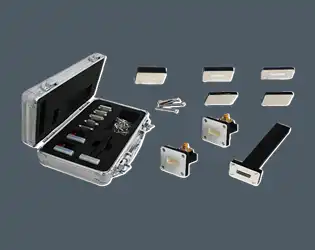
What are the key components of a Coaxial Calibration Kits and their functions?
February 7, 2025
Understanding the key components and functions of Coaxial Calibration Kits is crucial for ensuring accurate measurements in RF and microwave testing. These precision instruments are essential tools for calibrating vector network analyzers (VNAs) and other microwave test equipment. Coaxial Calibration Kits typically consist of several precisely manufactured standards including shorts, opens, loads, and thru connections, each serving a specific purpose in the calibration process. The accuracy of these components directly impacts the reliability of subsequent measurements, making them indispensable in modern RF and microwave testing environments.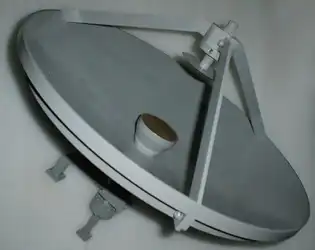
What are the main advantages of the Cassegrain Antenna in comparison with other types of antennas?
February 7, 2025
The Cassegrain antenna represents a significant advancement in antenna technology, offering superior performance characteristics compared to conventional antenna designs. This sophisticated dual-reflector system, consisting of a main parabolic reflector and a hyperbolic subreflector, has revolutionized high-frequency communications and radar applications. The design's unique geometry allows for exceptional gain, improved efficiency, and reduced signal loss, making it particularly valuable in satellite communications, radio astronomy, and other high-performance applications where precision and reliability are paramount.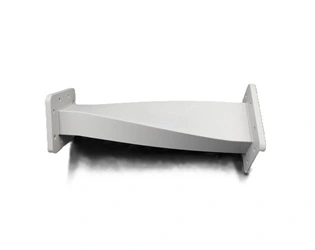
February 7, 2025
The Double Ridge Twist Waveguide represents a significant advancement in microwave transmission technology, combining innovative design features that set it apart from conventional waveguide systems. This sophisticated component incorporates unique structural elements, including dual ridged sections and a precise rotational geometry that enables superior electromagnetic wave propagation and mode conversion. The distinguishing characteristics of the Double Ridge Twist Waveguide lie in its ability to maintain high performance across broader frequency bands while facilitating polarization transformation through its twisted configuration. Advanced Microwave Technologies Co., Ltd. has pioneered developments in this field, offering customizable solutions that cater to diverse applications in satellite communications, defense systems, and aerospace technology.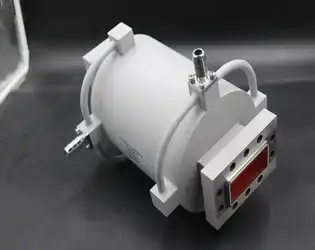
How does a Water-Cooled Twist Waveguide compare to a standard waveguide?
February 6, 2025
In the realm of microwave technology, the evolution of waveguide systems has led to significant advancements in power handling capabilities and operational efficiency. The Water-cooled Twist Waveguide represents a sophisticated enhancement over standard waveguides, specifically designed to address the challenges of high-power microwave transmission. This innovative solution incorporates an integrated cooling system that fundamentally transforms the way we manage thermal loads in microwave applications, offering superior performance characteristics and extended operational lifespans compared to conventional waveguide systems.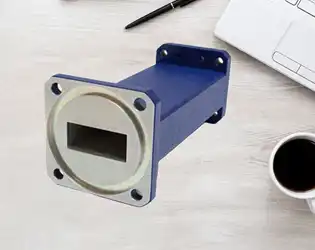
Are Rectangular Straight Waveguides Durable?
February 6, 2025
Rectangular straight waveguides represent a cornerstone technology in microwave and RF systems, with durability being one of their most crucial attributes. These essential components serve as the backbone of numerous high-frequency applications, from satellite communications to radar systems. When considering the durability of rectangular straight waveguides, it's important to understand that these components are engineered to withstand harsh environmental conditions while maintaining consistent performance. Their robust construction, typically utilizing materials like copper, aluminum, and stainless steel, ensures exceptional longevity and reliability. The inherent structural integrity of rectangular straight waveguides, combined with various surface treatment options such as silver plating, gold plating, and passivation, contributes to their remarkable durability in demanding operational environments.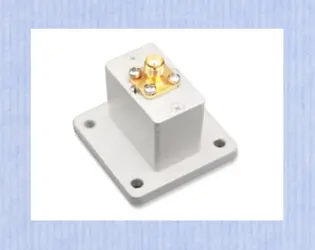
How to reduce the voltage standing wave ratio of the end - launch waveguide to coaxial adapter?
February 6, 2025
The voltage standing wave ratio (VSWR) is a critical parameter that affects the performance of end-launch waveguide to coaxial adapters in microwave systems. Understanding and implementing effective methods to reduce VSWR is essential for achieving optimal signal transmission and minimizing power loss. This comprehensive guide explores various techniques and considerations for improving the performance of end-launch waveguide to coaxial adapters through VSWR reduction. The voltage standing wave ratio in end-launch waveguide to coaxial adapters can be effectively reduced through several key methods. The primary approaches include optimizing the impedance matching network, carefully designing the transition geometry, and implementing proper manufacturing techniques. Advanced Microwave's end-launch waveguide to coaxial adapters are specifically engineered with these considerations in mind, featuring precision-machined components and carefully calculated dimensions to minimize impedance mismatches. By incorporating advanced design techniques and maintaining tight manufacturing tolerances, these adapters achieve superior VSWR performance across their operational frequency range.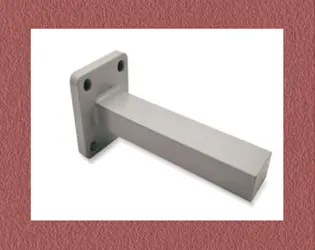
February 6, 2025
Waveguide termination is a critical component in microwave and radio frequency systems, serving as an essential element that prevents signal reflections and ensures optimal electromagnetic wave propagation across various frequency ranges. Understanding the nuanced working principles of waveguide terminations across different frequency bands reveals intricate engineering challenges and innovative solutions that are fundamental to maintaining signal integrity and system performance.
What are the Main Types of Coaxial Cable Connectors and Their Respective Application Scenarios?
February 6, 2025
In the intricate world of telecommunications and advanced electronic systems, Coaxial Cable Connectors play a pivotal role in ensuring seamless signal transmission across diverse industries. These critical components are the unsung heroes of modern communication technologies, providing robust and reliable connections that enable everything from satellite communications to complex defense and aerospace applications. Understanding the various types of Coaxial Cable Connectors and their specific application scenarios is essential for engineers, technical professionals, and decision-makers seeking optimal signal integrity and performance.




